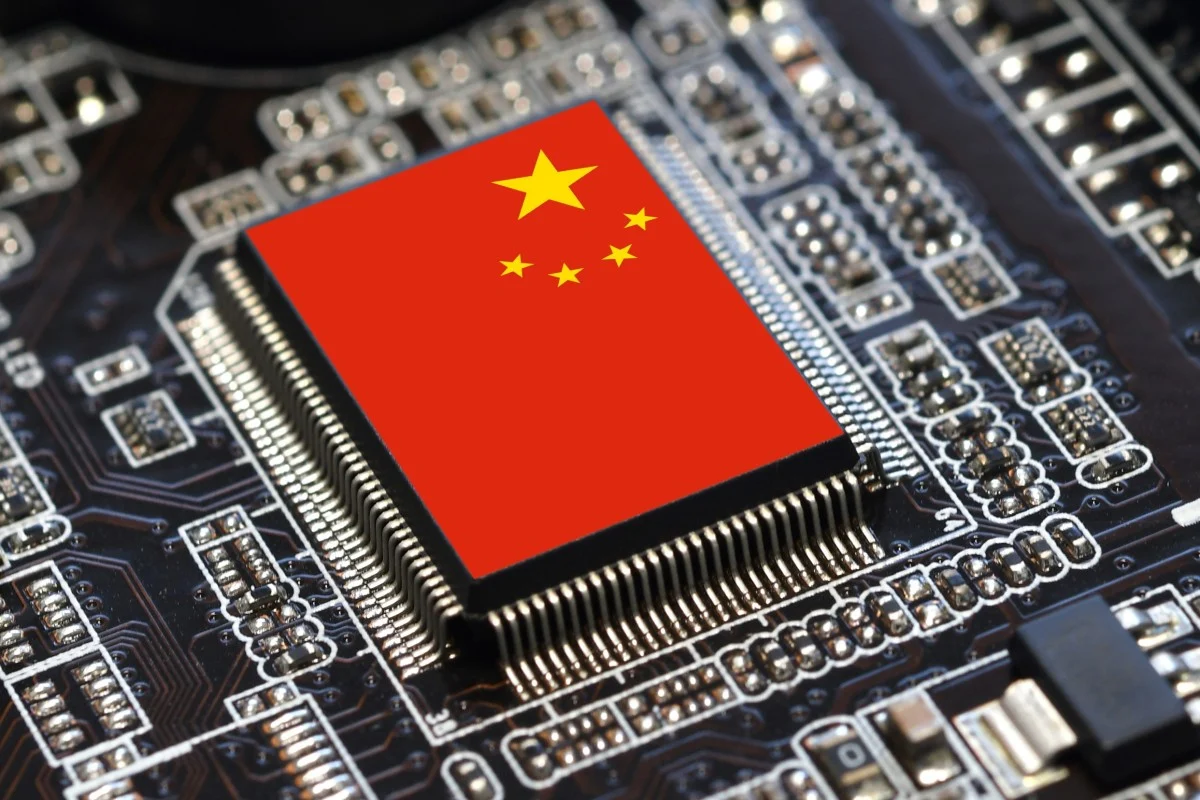Moreover, we’ll unravel the key partnerships and collaborations that have propelled China’s semiconductor industry onto the global stage. Additionally, we’ll examine the technological milestones that signify China’s rapid advancement in chip manufacturing. Stay tuned for an in-depth look into the dynamic landscape of China’s semiconductor sector!
Follow us on Linkedin for everything around Semiconductors & AI
China’s Semiconductor Revolution: A Transformative Journey
Furthermore, China’s semiconductor sector has experienced exponential growth, driven by strategic investments and a commitment to research and development. Additionally, the government’s policies and incentives have played a crucial role in propelling the nation’s technological prowess forward. This transformative journey is a testament to China’s determination to secure a prominent position in the global semiconductor landscape.
Moreover, China has actively sought to attract top talent and expertise from around the world, fostering a conducive environment for research and development in the semiconductor field. Additionally, collaborations between government agencies, academic institutions, and industry leaders have been instrumental in driving innovation and knowledge exchange within the sector. This multi-faceted approach underscores China’s commitment to achieving self-sufficiency in semiconductor technology.
“Made in China 2025” plan aims to elevate China’s manufacturing capabilities by focusing on industries such as semiconductors, robotics, and artificial intelligence.
Building Semiconductor Ecosystem: From Design to Manufacturing
China has placed a strong emphasis on research and development to foster technological innovation. Institutes and universities across the country are actively engaged in semiconductor research, working on advancements in areas like materials science, chip design, and packaging technologies.
China’s Sunway TaihuLight, a supercomputer developed using domestically designed semiconductors, was the world’s fastest computer in 2016.
History of VLSI: Transistor to System-on-a-Chip – techovedas
Manufacturing Powerhouses: Fueling Domestic Supply
China has invested heavily in establishing state-of-the-art semiconductor manufacturing facilities. Companies like Huawei’s HiSilicon, Semiconductor Manufacturing International Corporation (SMIC), and Tsinghua Unigroup have emerged as key players in domestic chip production, driving self-sufficiency and reducing dependency on imports.
SMIC’s fabrication facilities utilize cutting-edge semiconductor manufacturing processes, with some of its production lines capable of producing chips as small as 14 nanometers in size.
Challenges and Controversies: Navigating the Path Ahead
China faces the challenge of closing the technology gap with established semiconductor leaders. Acquiring advanced technologies and intellectual property has been a point of contention, with concerns raised about intellectual property rights, forced technology transfers, and fair competition.
The trade war between the United States and China had a significant impact on the semiconductor industry, resulting in disruptions to global supply chains and technology collaborations.
Conclusion: China’s Semiconductor Odyssey
China’s semiconductor industry has undergone a meteoric rise, driven by ambitious government strategies and substantial investments. As the country continues to foster innovation, the challenges of technology advancement and intellectual property protection remain critical.
In this dynamic landscape, China’s semiconductor revolution holds the potential to reshape the global semiconductor industry and influence technological advancements worldwide.
The Yangtze Memory Technologies Company (YMTC), a Chinese memory chip manufacturer, introduced its first 3D NAND flash memory chips in 2018, aiming to compete with established players in the memory market.
In our next post, we’ll embark on a journey to South Korea, exploring its remarkable contributions and advancements in the semiconductor industry. Stay tuned for more intriguing insights into the global semiconductor landscape!



